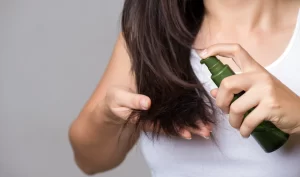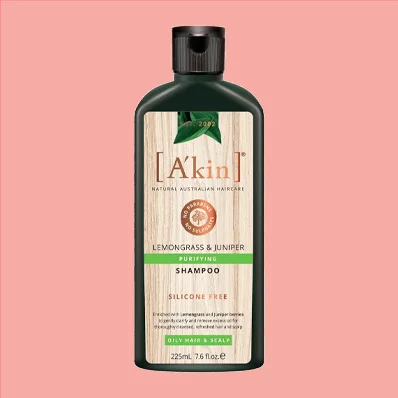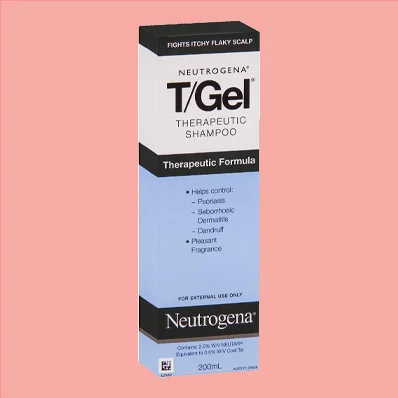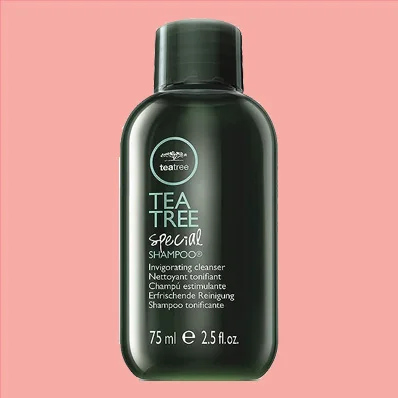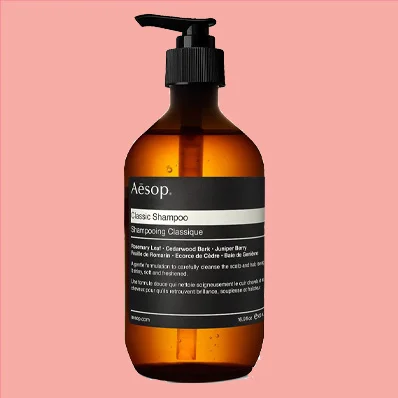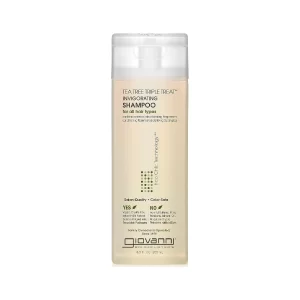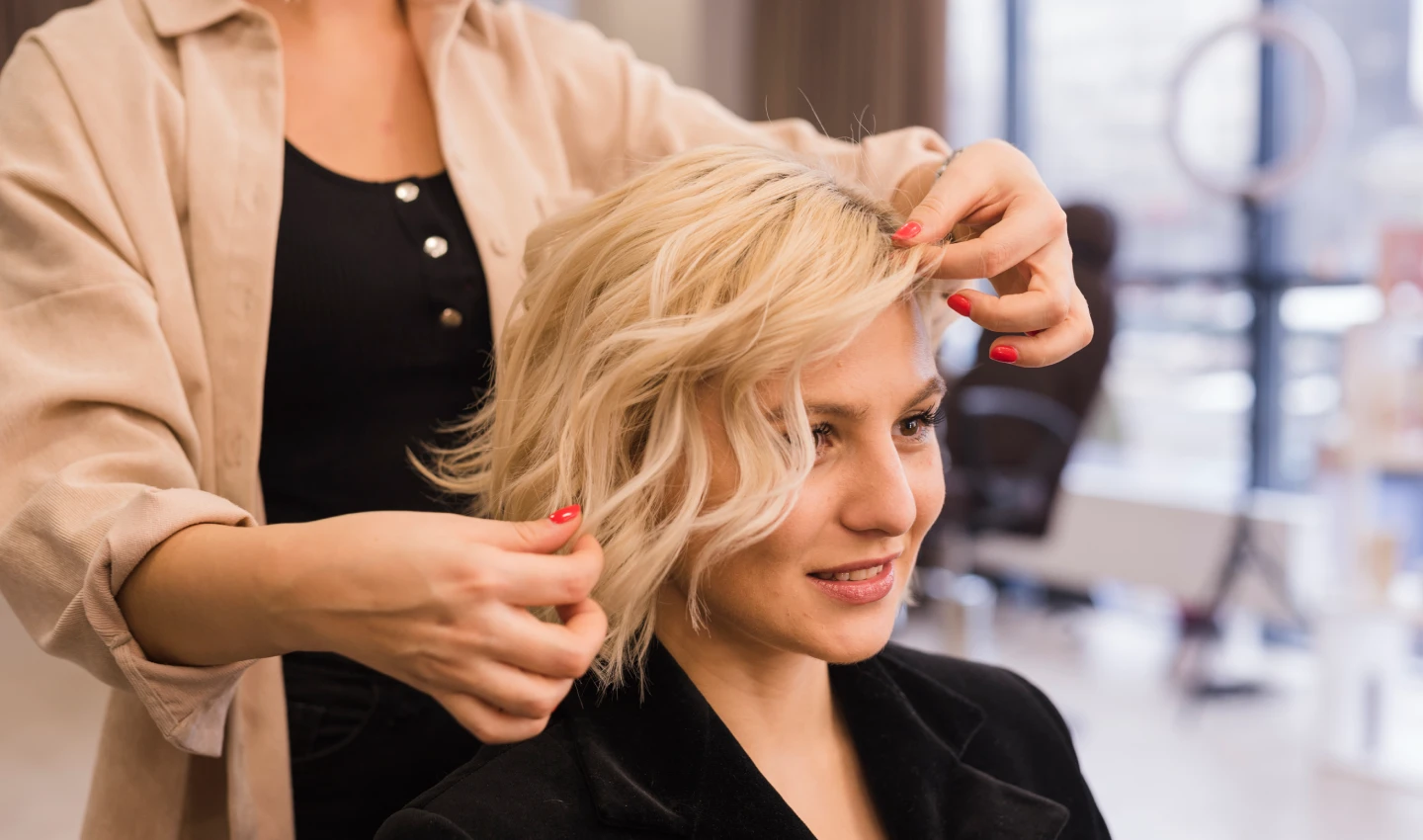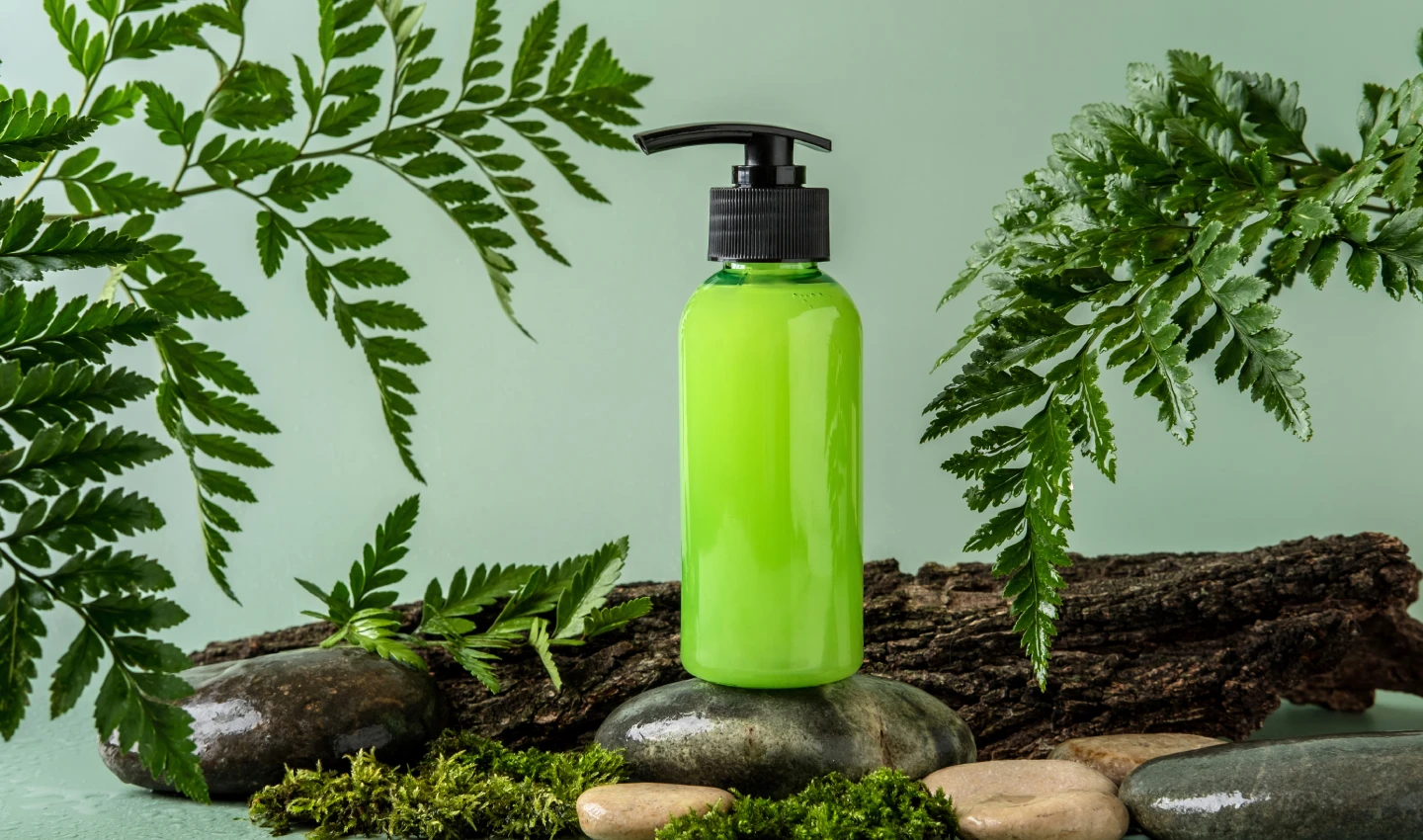Tips and Tricks for Shampooing Greasy Hair
Embarking on the quest to manage oily hair need not be a daunting task. In the realm of hair care, armed with the right techniques and knowledge, one can effectively combat oiliness and achieve lustrous, healthy hair. Below, I’ve curated a series of practical tips to guide you through this journey, ensuring that your hair remains clean and refreshed:
Pre-Wash Preparation
Scalp Massage: Initiating your hair care routine with a five-minute gentle scalp massage can work wonders. This process not only stimulates blood circulation but also aids in loosening accumulated oil, laying the groundwork for effective cleansing.
Apple Cider Vinegar Rinse (Optional): Integrating apple cider vinegar into your routine can be beneficial. Mix a tablespoon of it with a cup of water and massage into your scalp. This five-minute treatment helps balance the scalp’s pH and is effective in removing residue build-up.
Shampoo Savvy
Clarifying Shampoo: Incorporate a clarifying shampoo, specifically designed for oily hair, into your regimen 2-3 times a week. Its deep cleansing action tackles product build-up while preserving natural oils.
Lather Lightly: A small, dime-sized shampoo application, concentrated at the scalp and primarily on the roots, is sufficient. This area is the epicenter of oil production, and a gentle massage here creates a modest lather without over-stripping the hair.
Cool Rinse: Rinsing your hair with cool or tepid water is advisable as it seals the hair cuticles, thereby reducing frizz. Avoid hot water which can exacerbate oil production.
Post-Wash Pampering
Selective Conditioning: For oily hair, less is more when it comes to conditioning. Apply a light conditioner only to the ends and avoid the roots. Ensure thorough rinsing to avoid any residue.
Scalp Soother: A diluted solution of tea tree oil, celebrated for its clarifying properties, can soothe the scalp post-wash. Let it sit for a few minutes before rinsing.
Bonus Tips
Double Cleansing: For excessively oily hair, a double cleanse can be effective. The first wash removes surface oils, and the second targets deeper cleansing.
Hands-Off Approach: Minimize touching your hair during the day to prevent transferring oils from your fingers.
Smart Styling: Choose loose hairstyles like braids or buns to prevent the spread of oil along the hair shaft.
Considerate Drying: Air drying is preferable, but if using heat, apply a heat protectant and opt for lower heat settings.
Diet and Lifestyle Factors: Be mindful that diet and stress can influence hair oiliness. Adjusting your diet and practicing stress management can be beneficial.
Remember, the key to success in managing oily hair lies in consistency and finding a routine that resonates with you. Through these steps, you can maintain control over oiliness and relish in the freshness and vitality of your hair.
By now, you’ve unlocked the secret to shampoos for greasy hair and their specific ingredients. Remember, your hair is as unique as you are. Therefore, when choosing a shampoo, it’s essential to consider your hair’s individual needs. Australia offers a myriad of quality products infused with potent ingredients to help you win the fight against greasy hair. The journey might seem daunting, but the perfect shampoo for your greasy hair could just be a wash away.
